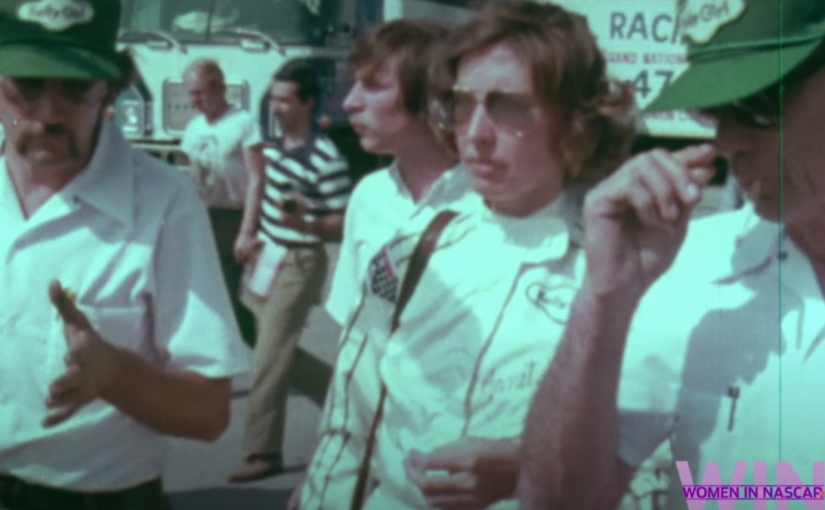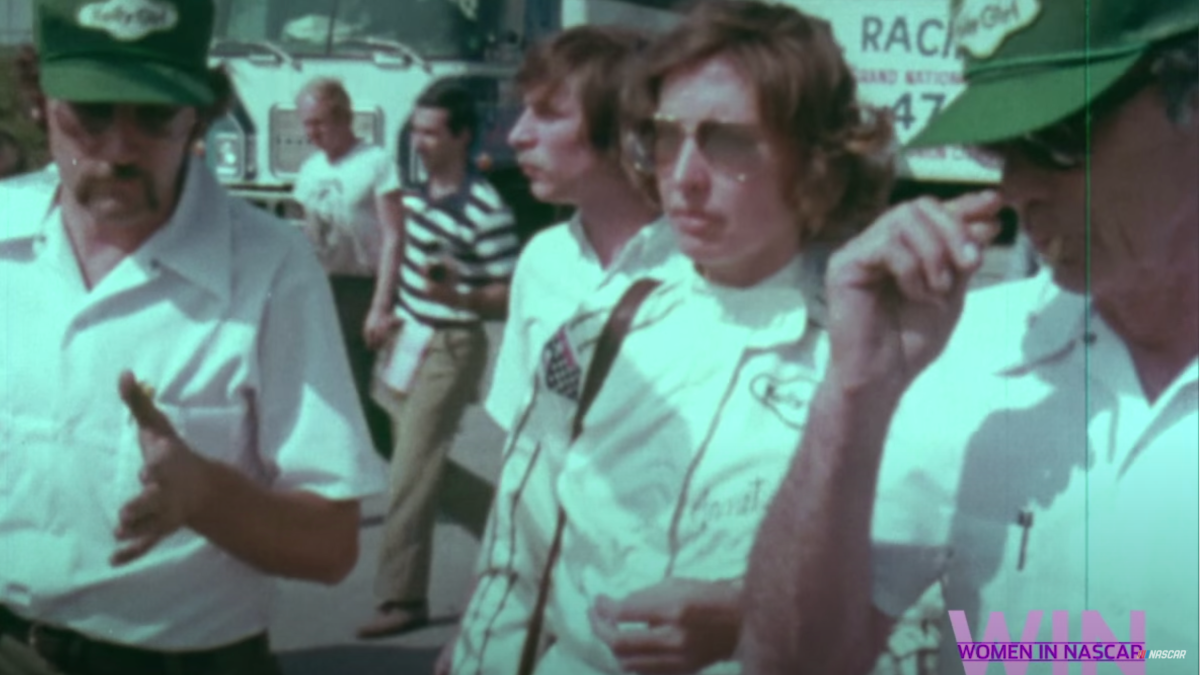If you are frustrated by the way Republicans and Democrats can’t get along these days, or are a child of divorced parents, you might have an inkling of how open-wheel racers and their fans felt in a time when Indy racing nearly self-destructed from internal bickering and full-of-themselves egos.
It was the Indy Racing League vs. Championship Auto Racing Teams, and while they fought, NASCAR became a national rather than a regional sport and Formula One re-emerged as the world’s favorite open-wheel racing series.
The period is the focus of John Oreovicz’ book, Indy Split: The Big Money Battle That Nearly Destroyed Indy Racing.


Oreovicz is well-qualified to write this extensively and intensively researched hardcover book. He has covered the sport for more than 30 years, and from the inside, as a team publicist, and from the outside, as a writer for various publications including National Speed Sport News, Racer and ESPN.
Son of college professors, Oreovicz was a 10-year-old in 1974 when his family moved from Pennsylvania to West Lafayette, Indiana, home to Purdue University. Soon, as did every 5th-grader in Indiana, Oreovicz was on a school field trip to the Indianapolis Motor Speedway and Museum. A few years later, he attended his first Indy 500.
A few more years after that, and armed with a journalism degree, he would be back, and residing within walking distance of the Speedway’s Turn 1.
The book was published in time for the 2021 Indy 500, but my reading was not nearly as quick as the cars that were circling the track. That really doesn’t matter, though, because the book is timeless in its perspective on the sport and the Indy track that made it famous.
Besides, I wanted to read all of his words, because I, too, was pretty intensely involved in covering the sport during those split seasons. I wanted to see just how well Oreovicz was covering it in his book. I could find no fault in his work.
In fact, I not only learned a few things but was delighted by some of the reporting, including an anecdote about the time Tony Hulman was about to miss the first 200-mph qualifying lap in Indy track history, told his driver to speed up and almost immediately was pulled over by a state trooper.
Instead of a ticket, there would be a police escort to the track.
Indy Split takes the reader not only to the tracks and races but into the meetings where battle strategies were being plotted and where truce after truce was unravelling. Between Tony George and his IRL — and his inviting of NASCAR to the Brickyard (a fascinating tale Oreovicz delivers), and with CART’s revolving door of managers, the sport was a dissolving mess.
Things became so bad that it was unify or perish. Obviously, there was unification, and then, as the book ends, Roger Penske buys the Indy track.
If you watched the most recent 500 and saw the joyful reaction to Helio Castroneves’ victory, you witnessed an emotional uplifting that could propel the sport into a bright future. Indy Split provides the back story, and hopefully those involved in the sport now and tomorrow will read it and learn not to repeat the mistakes of history.
Reviewed
Indy Split: The Big Money Battle that Nearly Destroyed Indy Racing
By John Oreovicz
Octane Press, 2021
ISBN 9781642340563
Hardcover, 320 pages
$35


